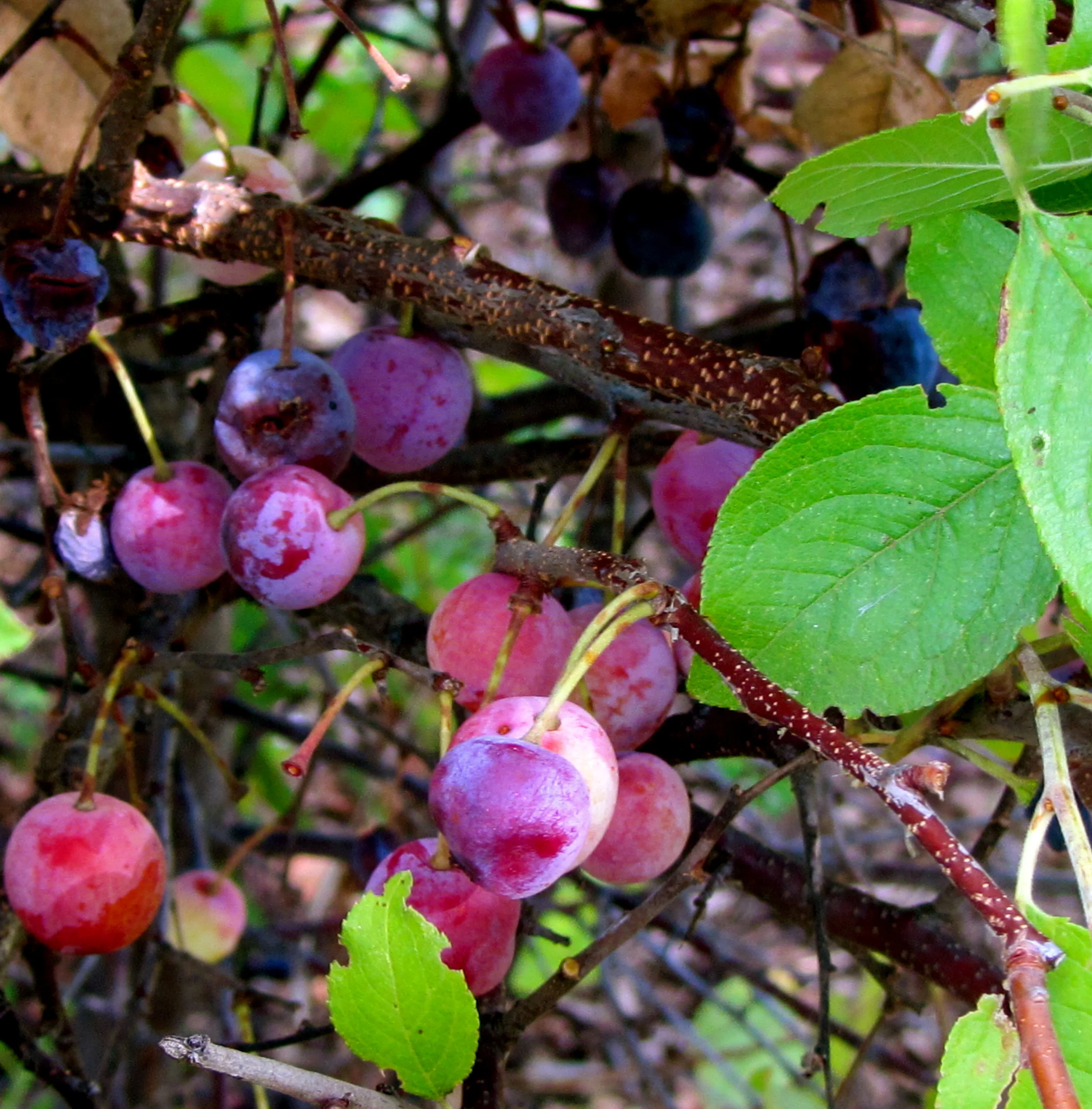Freshly foraged Japanese knotweed
If you like rhubarb, then Japanese knotweed is for you. Not everyone has access to a fresh rhubarb patch, but Japanese knotweed is one of those invasives that spreads faster than you can harvest and eat it. Japanese knotweed is tender for about three weeks before it becomes too tough to be worth harvesting. Gather as much as you can in that time, and use it in salads, sauces, compotes, jams, pies and every way you would use rhubarb. In the field, the segmented Japanese knotweed stalks look a lot like bamboo making it easy to recognize, although the leaves of these two unrelated plants are different. The best knotweed stalks are flexible and less than 12 inches high, about as thick as asparagus. I like to cut them 1-2 inches above the ground and trim off the tips and leaves while in the field. Once I get them home, I'll peel the outer skin. Early in the season, I cut them up and marinade them before adding them to a knotweed mushroom salad. You can simply peel them and freeze them for later use without having to blanch them in boiling water. I actually prefer to peel, cut and cook the knotweed until it has the consistency of applesauce. You can strain this for a smooth consistency or incorporate the stringy pulp into your recipe. Cooked knotweed has a greenish yellow color, so to make it prettier, I usually add frozen blueberries, which turns it a lovely purple color. My personal preference is for the texture of rustic cut, rather than diced or finely chopped ingredients. I like to peel and cut very ripe apples and pears in to the knotweed blueberry mix and cook everything over low heat, adding water as needed until the fruit mix is the consistency of chunky applesauce. This basic fruit mix can be flavored using cinnamon and cloves, or ginger, or any flavor you prefer.
Timeline
1-2 Days Before
Harvest asparagus-size shoots 1"-2" above the ground
Trim tops and leaves
Peel the smooth outer skin from the stalks
Cut into bite size pieces and freeze what you do not use immediately
For fruit mix, combine in a saucepan:
2 cups knotweed pieces
1 each – apple and pear cut into pieces
1 cup frozen wild blueberries
1/3 cup oats
1/4 cup maple syrup
1/2 tsp vanilla
1/4 tsp cinnamon
2 ounces water
Bring the mix to a boil, turn down the heat to simmer. Covered the pan so the steam escapes, let everything cook 15 minutes. Add another half cup of water and simmer until all the ingredients are soft. Strain mixture for a smooth texture or leave it as is for a chunky texture. Refrigerate what you will eat in the next seven days. Freeze any excess for future use.
Serving options:
Add to yoghurt, ice cream, hot cereal.
Freeze in ice cube trays - insert a popsicle stick before freezing.
As a pie filling
As a side dish
Shopping List:
Foraged Items:
Enough knotweed shoots to yield two cups per recipe
Pantry Items:
Apples, pears, blueberries, or any ripe fruit
Oatmeal - quick or old fashioned
Maple syrup
Vanilla
Cinnamon
Ginger




